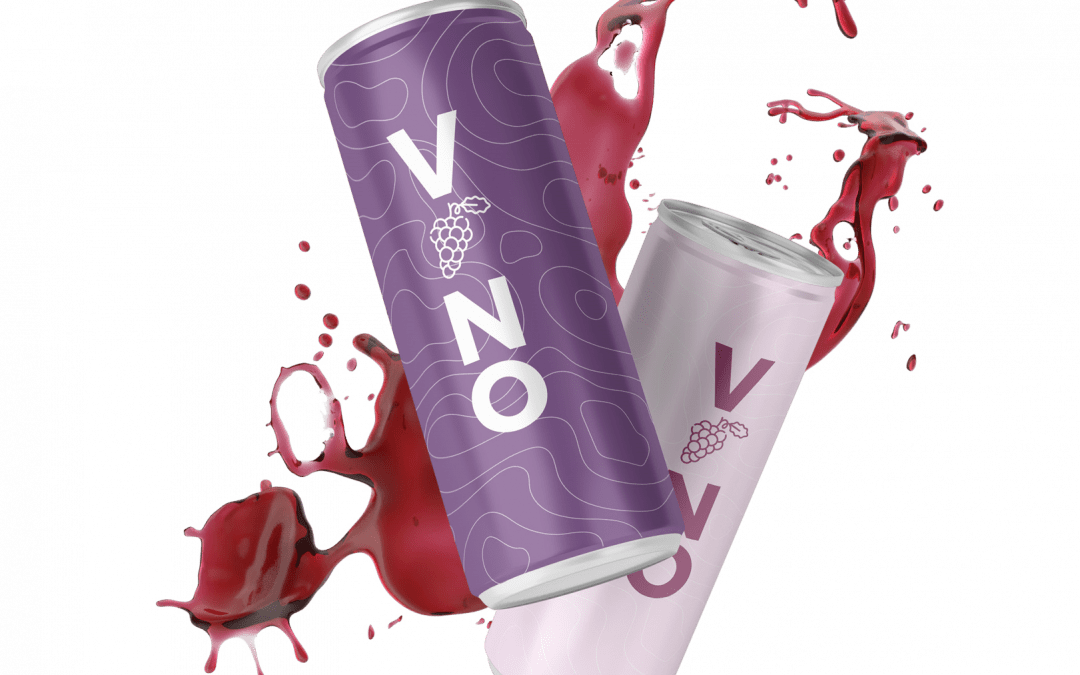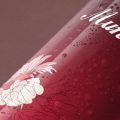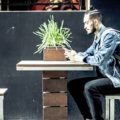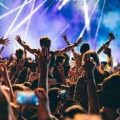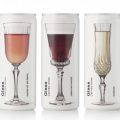The aluminum can is gaining ground in the beverage sector, for being 100% recyclable and practical. It is no longer just soft drinks that use this type of packaging but the Sleek format has excelled in growth in a market that had a growth in 2020 of 48% over 2019. Water has been no stranger to testing the can. Wine is now experiencing a growth in this type of packaging, especially in countries such as Argentina, the United States and the United Kingdom.
The pandemic has changed consumer habits, especially among young people. According to the market analysis company, Global Data, canned wine is the next innovation that will revolutionize the market, as sustainability, health, wellness and moderation trends prevail.
“Its small, unbreakable packaging format makes it easily transportable, which is perfect for the growing preference for the e-commerce channel. UK millennials are driving e-commerce demand, with 23% buying more alcoholic products through the online channel since the COVID-19 outbreak.”
According to KamCity, producers in the alcoholic beverage category are becoming increasingly responsive to consumer packaging trends. Such is the case with UK-based Kiss Of Wine, which “has partnered with independent winemakers across Europe to produce several varieties of wine sold only in metal can format, each with its own unique color scheme. The product is available through a subscription package, tapping into the growing preference for e-commerce amid the COVID-19 pandemic.”
According to drinks analyst Holly Inglis, “to wine connoisseurs, canned wine has similar connotations to wine sold in a boxed format, lacking in quality. Therefore, producers of recent launches have paid particular attention to ensuring that products carry labels of ‘quality’, ‘elegance’ and ‘premium’, with some going the extra mile by launching products with vegan, low-calorie and organic attributes.
According to GlobalData’s research, over the last five years the UK wine market has expanded by 9.2% in volume terms and it is outdoor events such as festivals, regattas and races that seem to be the best venues for canned wine.
The case of Argentina is also an example of the growth of this category. According to data from the country’s National Wine Institute, 83 million liters more were sold in 2020 than in 2019. Exports grew by 26.7%, reaching the highest volume in the last 12 years.
As far as the United States is concerned, it has been a real revolution. In less than a decade, canned wine sales increased from $2 million in 2012 to $183.6 million during the year-over-year period through July 2020.
Before the COVID-19 pandemic, canned wine was already a success in the North American country. If before sports stadiums and concerts were the places where they were mainly consumed, now restaurants and bars have become the scene for this category, as highlighted by Wine Spectator. “It is the fastest growing market segment in the U.S., seducing consumers with its accessibility and easy-to-drink style of wine. In addition, canned wine is poised for even greater success,” the media outlet predicts.
Wine Espectator points out that one of the great advantages of canned wine is that it can compete with beer, canning in different sizes, which generates a cost reduction for wineries, an opening to new markets and the possibility of creating price-volume strategies to increase profits. “The advantages of cans are innumerable: recyclable packaging is resistant to oxidation and light, there is no risk of cork taint, it is easier and lighter to transport than glass, it doesn’t require a corkscrew and it costs less to produce and ship.”

